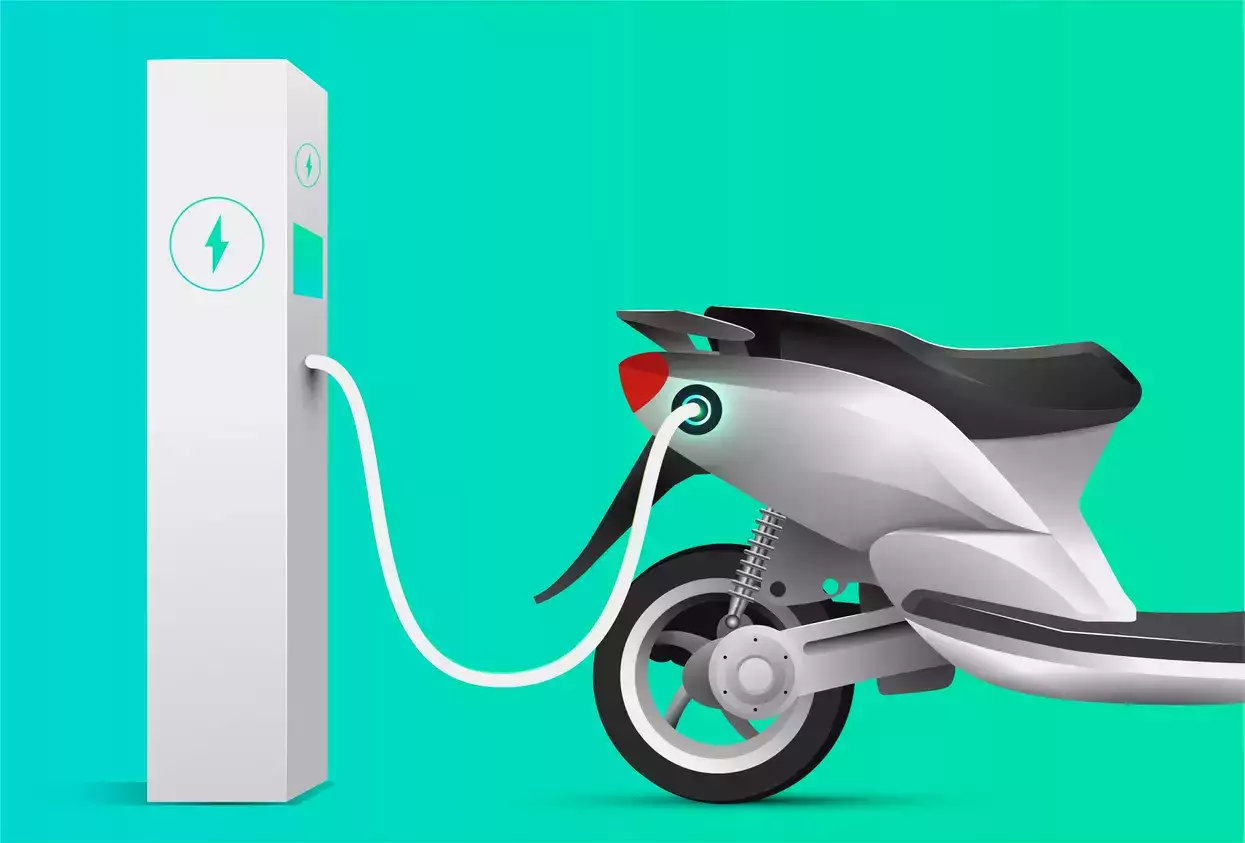
With a significant EBIT loss of USD 300-400 million, the sector’s survival lies on crucial incentives such as PLI and FAME subsidies, as per findings of Bernstein.
The report highlights a crucial dependency on the above said incentives may bridge the gap between EV pricing and that of internal combustion engine (ICE) vehicles.
Current dynamics suggest that the industry’s relevance is inextricably linked to these incentives. "The EV Industry is not relevant without incentives currently, and to break the ICE sector, it needs intense focus, scale, and continued cost downs," Bernstein said in its report titled " India Electric Vehicles: Unit economics of electric bikes".
Without these measures, as per the rating agency, profitability remains something difficult to achieve.
However, earlier this month, Transport minister Nitin Gadkari's remarks had started a debate when he said that there is 'no need' to provide subsidies to electric vehicle makers as cost of production has come down with consumers adopting EVs or CNG vehicles on their own.
"Consumers are now choosing electric and compressed natural gas (CNG) vehicles on their own and I do not think we need to provide much subsidy for electric vehicles," the minister said, pointing out the lower rate of GST on electric vehicles (5%) compared to petrol and diesel vehicles (28%). "In my opinion, manufacturing of electric vehicles no longer needs to be subsidised by the government," he said, adding the demand for subsidies isn't justified anymore.
Apart from PLI and FAME subsidies, profitability for E2W OEMs is influenced by several variables including economies of scale, in-house manufacturing versus outsourcing, localisation of parts versus imports, and product pricing and market positioning.
The landscape is particularly challenging for startups. While startups and new entrants in the EV space struggle, traditional OEMs like Bajaj Auto and TVS are positioning themselves to absorb EV losses, leveraging their established ICE margins. However, the report suggests that only one market leader, currently benefitting from aggressive localisation and vertical integration, is poised to stay relevant in the long run.
Impact of subsidies on EV players' margins
In terms of overall margin profiles, Ola is leading, followed by TVS, with Bajaj trailing behind, as per Bernstein.The report further compares TVS and Ola, noting that while Ola benefits from higher gross margins, TVS is very far off from the former, despite it not getting PLI incentives.
This is mainly because TVS charges a premium price compared to Ola for similar-spec scooters, it said.
Meanwhile, Bajaj has higher gross margins than Ather. However, if impact of PLI subsidy for Bajaj is removed, Ather records higher gross margins than the latter.
While for Ather this can be attributed to higher focus on backward integration and premium focus, the reports says that Bajaj targets the affordable segment with lower localization levels.
Disclaimer: The copyright of this article belongs to the original author. Reposting this article is solely for the purpose of information dissemination and does not constitute any investment advice. If there is any infringement, please contact us immediately. We will make corrections or deletions as necessary. Thank you.





